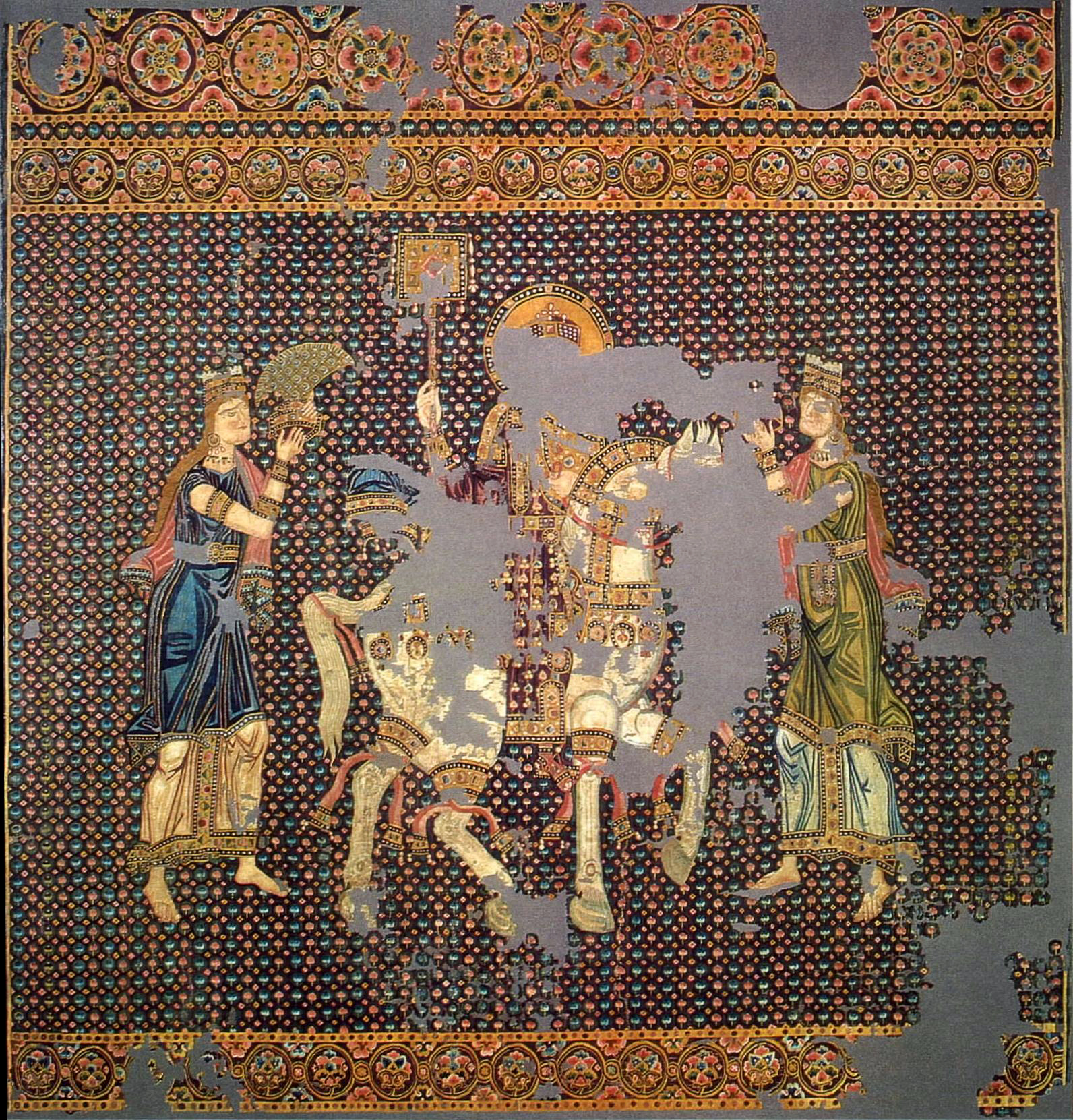Toupha on:
[Wikipedia]
[Google]
[Amazon]
 The toupha or toufa (, ''toûpha'' or τουφίον, ''touphíon'') is a kind of ornamental crest or head-dress with a plumage of the feathers, hair or bristles of exotic animals, worn in
The toupha or toufa (, ''toûpha'' or τουφίον, ''touphíon'') is a kind of ornamental crest or head-dress with a plumage of the feathers, hair or bristles of exotic animals, worn in
 The toupha or toufa (, ''toûpha'' or τουφίον, ''touphíon'') is a kind of ornamental crest or head-dress with a plumage of the feathers, hair or bristles of exotic animals, worn in
The toupha or toufa (, ''toûpha'' or τουφίον, ''touphíon'') is a kind of ornamental crest or head-dress with a plumage of the feathers, hair or bristles of exotic animals, worn in classical antiquity
Classical antiquity (also the classical era, classical period or classical age) is the period of cultural history between the 8th century BC and the 5th century AD centred on the Mediterranean Sea, comprising the interlocking civilizations of ...
as a triumphal decoration. In surviving depictions, it is most often seen on military helmets and emperors' crowns.
One of the most famous touphas is that which surmounted the crown or helmet of the bronze equestrian statue of the emperor Justinian I
Justinian I (; la, Iustinianus, ; grc-gre, Ἰουστινιανός ; 48214 November 565), also known as Justinian the Great, was the Byzantine emperor from 527 to 565.
His reign is marked by the ambitious but only partly realized ''renovat ...
atop the column of Justinian
The Column of Justinian was a Roman triumphal column erected in Constantinople by the Byzantine emperor Justinian I in honour of his victories in 543. It stood in the western side of the great square of the Augustaeum, between the Hagia Sophia a ...
, erected by said emperor, which stood in the Augustaion
The ''Augustaion'' ( el, ) or, in Latin, ''Augustaeum'', was an important ceremonial square in ancient and medieval Constantinople (modern Istanbul, Turkey), roughly corresponding to the modern ''Aya Sofya Meydanı'' (Turkish, "Hagia Sophia Square ...
square of Constantinople
la, Constantinopolis ota, قسطنطينيه
, alternate_name = Byzantion (earlier Greek name), Nova Roma ("New Rome"), Miklagard/Miklagarth (Old Norse), Tsargrad ( Slavic), Qustantiniya (Arabic), Basileuousa ("Queen of Cities"), Megalopolis (" ...
. The toupha was made of gilded bronze, with a design of peacock-feathers. It is known primarily from a life-drawing of the statue made in the 15th century; the entire monument was later demolished. Particularly imposing in size, the head-dress fell from the statue in the 9th century and was remounted by an acrobat. A rope was stretched between the roof of Hagia Sophia
Hagia Sophia ( 'Holy Wisdom'; ; ; ), officially the Hagia Sophia Grand Mosque ( tr, Ayasofya-i Kebir Cami-i Şerifi), is a mosque and major cultural and historical site in Istanbul, Turkey. The cathedral was originally built as a Greek Ortho ...
and the summit of the column, by means of an arrow. Along this line, one could tightrope-walk to the statue. The emperor Theophilus
Theophilus is a male given name with a range of alternative spellings. Its origin is the Greek word Θεόφιλος from θεός (God) and φιλία (love or affection) can be translated as "Love of God" or "Friend of God", i.e., it is a theoph ...
rewarded the tightrope-walker with 100 gold nomisma
''Nomisma'' ( el, νόμισμα) was the ancient Greek word for "money" and is derived from nomos (νόμος) anything assigned, a usage, custom, law, ordinance".The King James Version New Testament Greek Lexicon; Strong's Number:3546
The te ...
ta for this exploit.
In colloquial language, ''toupha'' or ''typha'' came to mean a "tiara
A tiara (from la, tiara, from grc, τιάρα) is a jeweled head ornament. Its origins date back to ancient Greece and Rome. In the late 18th century, the tiara came into fashion in Europe as a prestigious piece of jewelry to be worn by women ...
", and the 12th-century historian, Joannes Zonaras
Joannes or John Zonaras ( grc-gre, Ἰωάννης Ζωναρᾶς ; 1070 – 1140) was a Byzantine Greek historian, chronicler and theologian who lived in Constantinople (modern-day Istanbul, Turkey). Under Emperor Alexios I Komnenos he held th ...
, even records that a verb, ''typhoomai'' ("to be filled with extreme arrogance"), was derived from it.
See also
* *War bonnet
A modern-day dog soldier wearing a feathered headdress during a pow wow at the Indian Summer festival in Henry Maier Festival Park, Milwaukee, Wisconsin. 2008.
War bonnets (also called warbonnets or headdresses) are featherwork, feathered headge ...
Bibliography
*Boeck, Elena. ''The Bronze Horseman of Justinian in Constantinople.'' Cambridge: Cambridge University Press, 2021. *Lehman, Phyllis Williams. "Theodosius of Justinian?: A Renaissance Drawing of a Byzantine Rider." In ''The Art Bulletin,'' vol. 41, no. 1 (1959): 39-57 *''Toupha'', vol. 3, page 2100, ofAlexander Kazhdan Alexander Petrovich Kazhdan (russian: Алекса́ндр Петро́вич Кажда́н; 3 September 1922 – 29 May 1997) was a Soviet-American Byzantinist. Among his publications was the three-volume ''Oxford Dictionary of Byzantium'', a comp ...
(ed.), Oxford Dictionary of Byzantium
The ''Oxford Dictionary of Byzantium'' (ODB) is a three-volume historical dictionary published by the English Oxford University Press. With more than 5,000 entries, it contains comprehensive information in English on topics relating to the Byzant ...
, 3 vols., Oxford University Press, 1991 ()
References
Byzantine regalia Crowns (headgear) Featherwork {{Byzantine-stub